For two years, the British government tried to maintain the impression that it had a grand plan in the negotiations. It plainly never did.
After a week of convulsions in British politics, we are back where we were seven days ago. Theresa May is in a weaker position, having had 117 members of her parliamentary party vote no confidence in her leadership, but still she staggers on.
The hard Brexiteers in the party are also damaged, having tried and failed to dislodge their leader, but they remain implacably opposed to the EU-UK withdrawal agreement and still have the numbers to block it in parliament. The Labour Party is still disinclined to wield its power to shape the Brexit process, and the EU27 are only growing more exasperated with their dysfunctional negotiating partner. In other words, it’s a picture of almost total stasis.
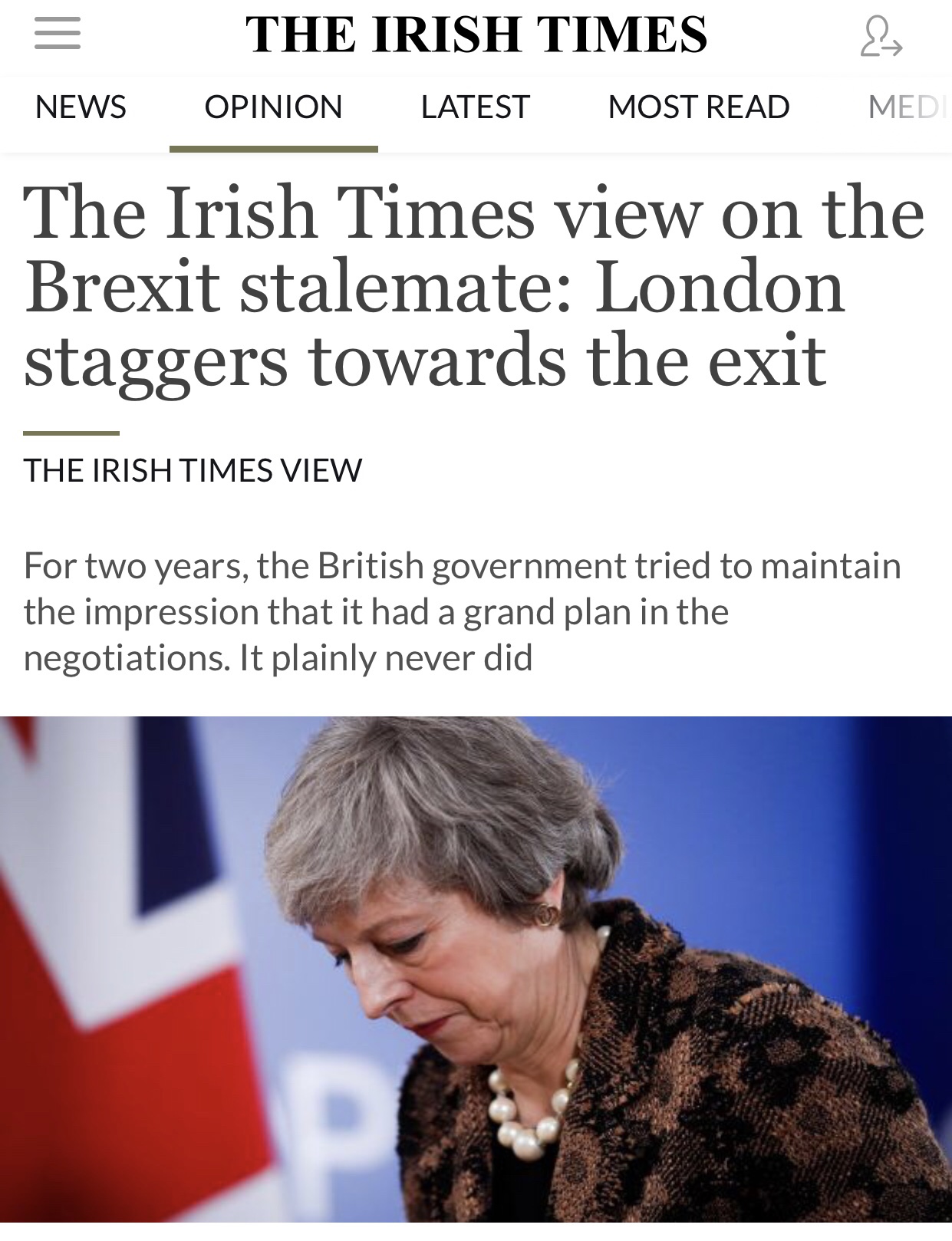
What has changed is that another week has elapsed, and London is fast running out of road. The divorce is scheduled to take effect at 11pm on March 29th. The timetable means the withdrawal agreement must be approved by Westminster by the end of January.
But with May unable to secure a parliamentary majority for the text, and the EU making clear it will not dilute the legal text on the backstop – the chief object of the Brexiteers’ ire – a no-deal tailspin is increasingly likely.
For two years, the British government tried to maintain the impression that it had a grand plan in the negotiations. It plainly never did. May’s red lines – no single market, no customs union, no hard border in Ireland – boxed London in from the start, and the process has consisted largely of London slowly reconciling itself to that reality and duly abandoning its demands.
Now, May is quite openly winging it. As she fought for her job on Wednesday, she made an impossible pledge: to secure a legally binding solution to the backstop that would win the Democratic Unionist Party’s support for her deal. Within 24 hours, after an EU leaders’ summit in Brussels, that idea was roundly rejected. May reportedly asked the EU27 for a legal assurance that the backstop could only last for a year. In other words, she wants it not to be a backstop. That was quickly knocked back. EU27 leaders had expected May to seek a political declaration that might assuage some of her backbenchers’ concerns, but so far she has not made any specific request.
Broadly speaking, there are now four possibilities in play. One is that May eventually persuades a majority to support her deal, perhaps by forcing a vote at the last possible moment, in effect presenting a no-deal exit as the only alternative.
A second scenario is that May could defy her dissident colleagues and the DUP and seek a cross-party majority for a soft Brexit – a remote contingency, given her risk-averse nature. That leaves two options. One is to crash out with no deal. The other is a second referendum. Both are more likely today than they were a week ago.
Source: Irish Times
My club Malmö FF yesterday won the last group game in UEFA Europa League against the Turkish superclub and group favourites Besiktas.

Marcus Antonsson scored the only goal to a 1-0 victory. It could have been more. Malmö FF dominated the game.
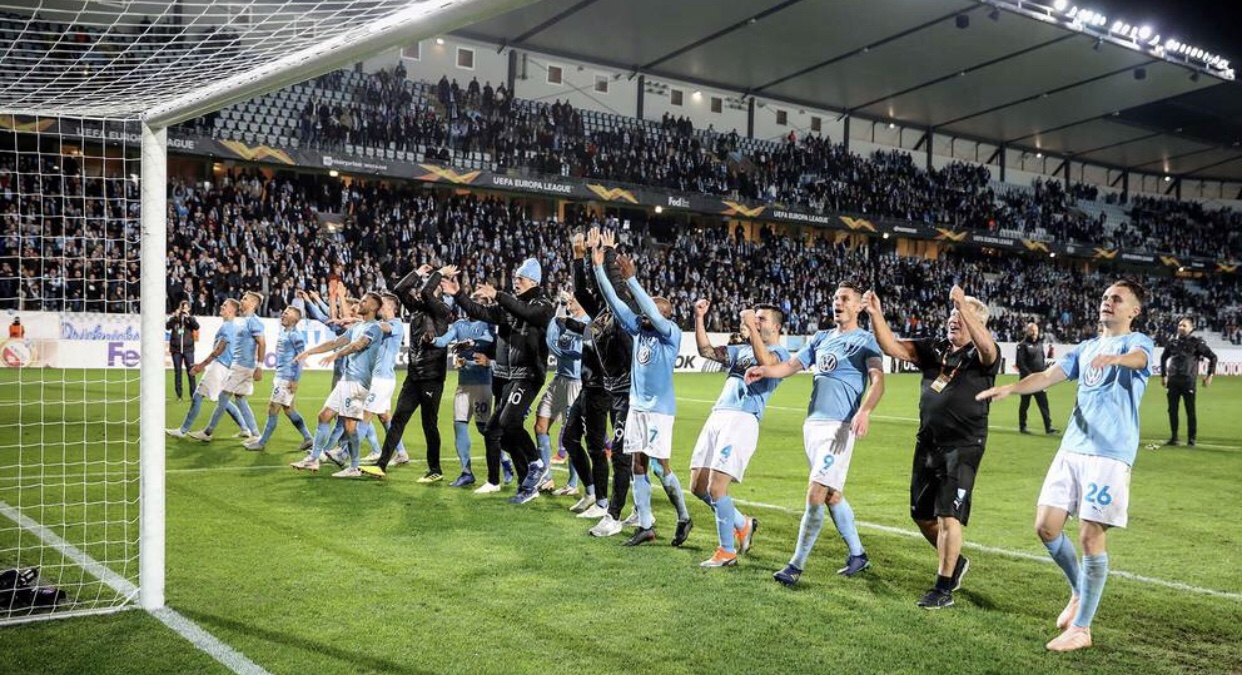
In midfield Fouad Bachirou was brilliant and players like Captain Rosenberg, Lewicki and Dahlin played their best football of the season.. mm@läNow we start to preparing for the knock-out round in February.
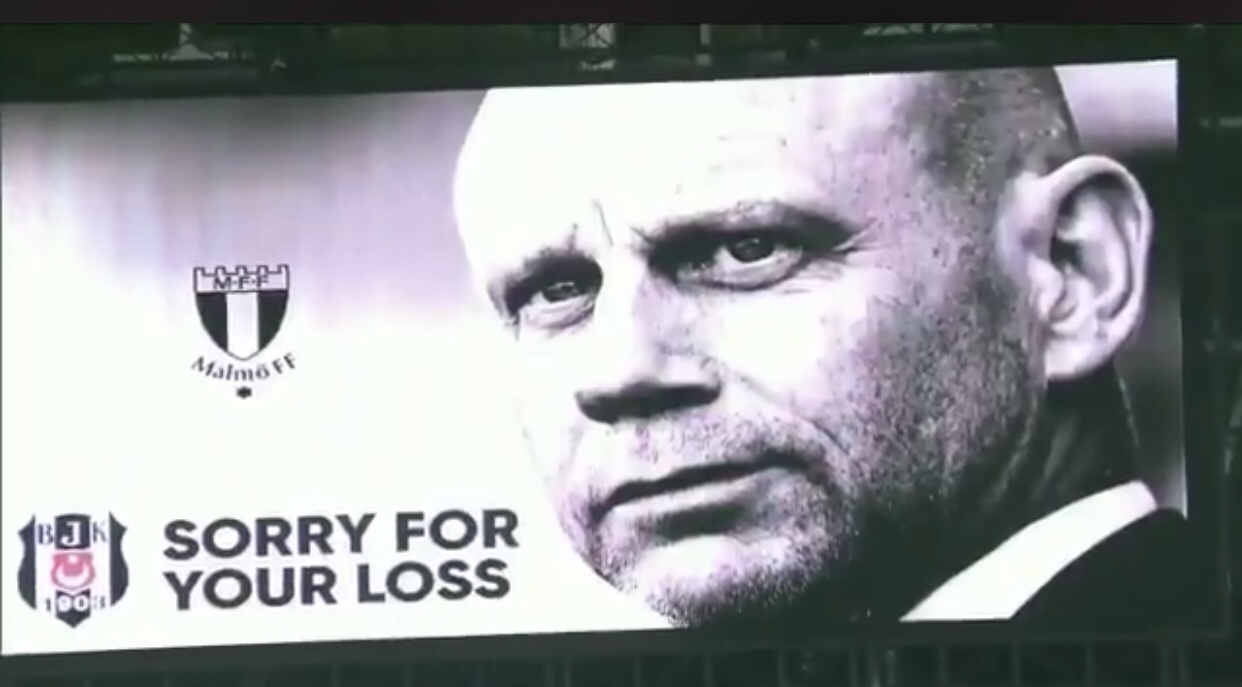
Efore the game Besiktas honored our Club oresident Håkan Jeppsson, that passed away earlier this week. Footbå
Tried at breakfast to prepare for todays’ Brexit discussions in London, I just passed DS100 and heard the latest in the statement from PM Theresa May.
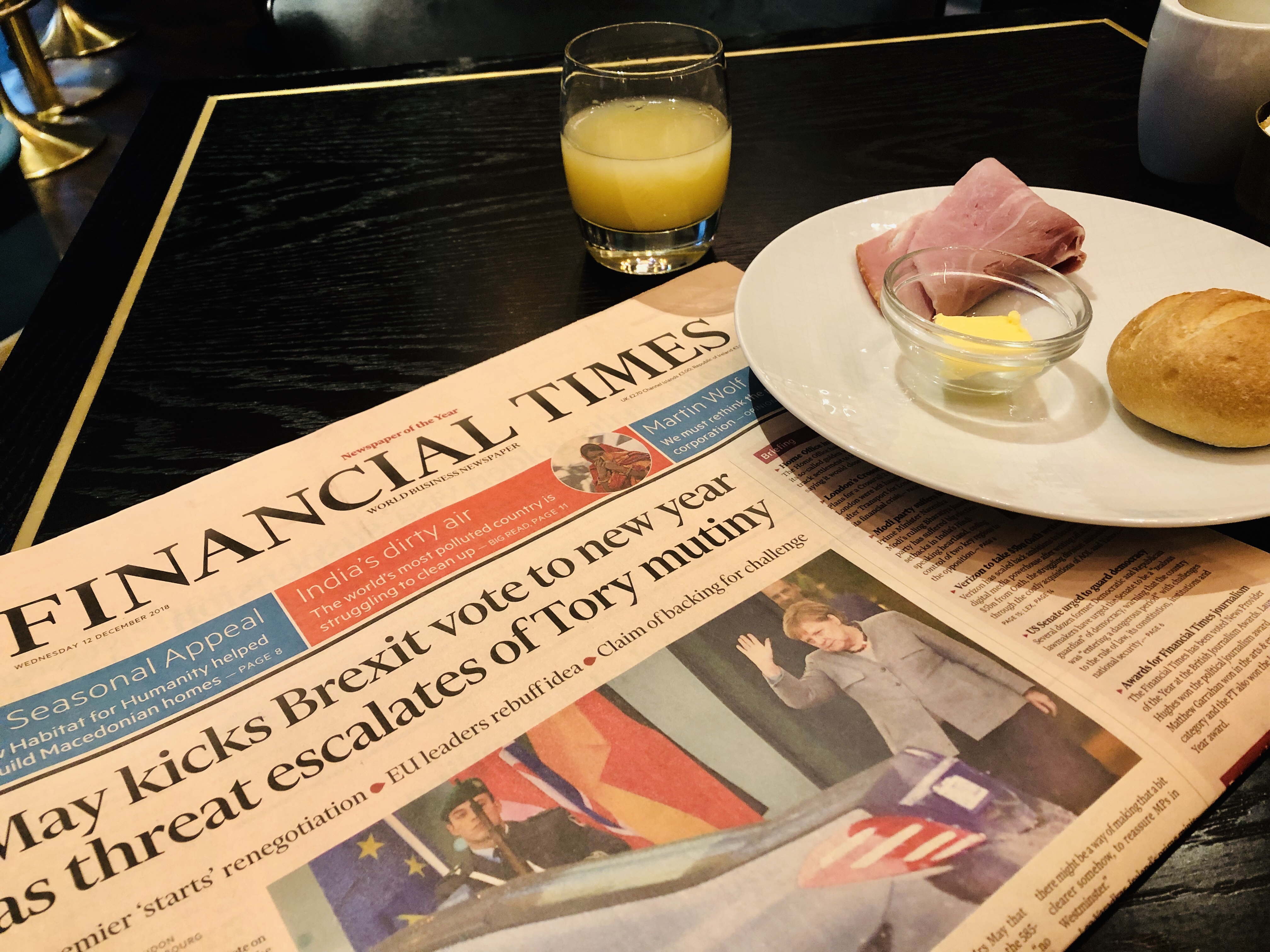
It will indeed be an interesting day. PM May should have travelled to Dublin today for further talks with Irish PM before EU Council meeting on Brexit Deal and Irish backstop tomorrow.
Now it is another story to write. History in front of our eyes.



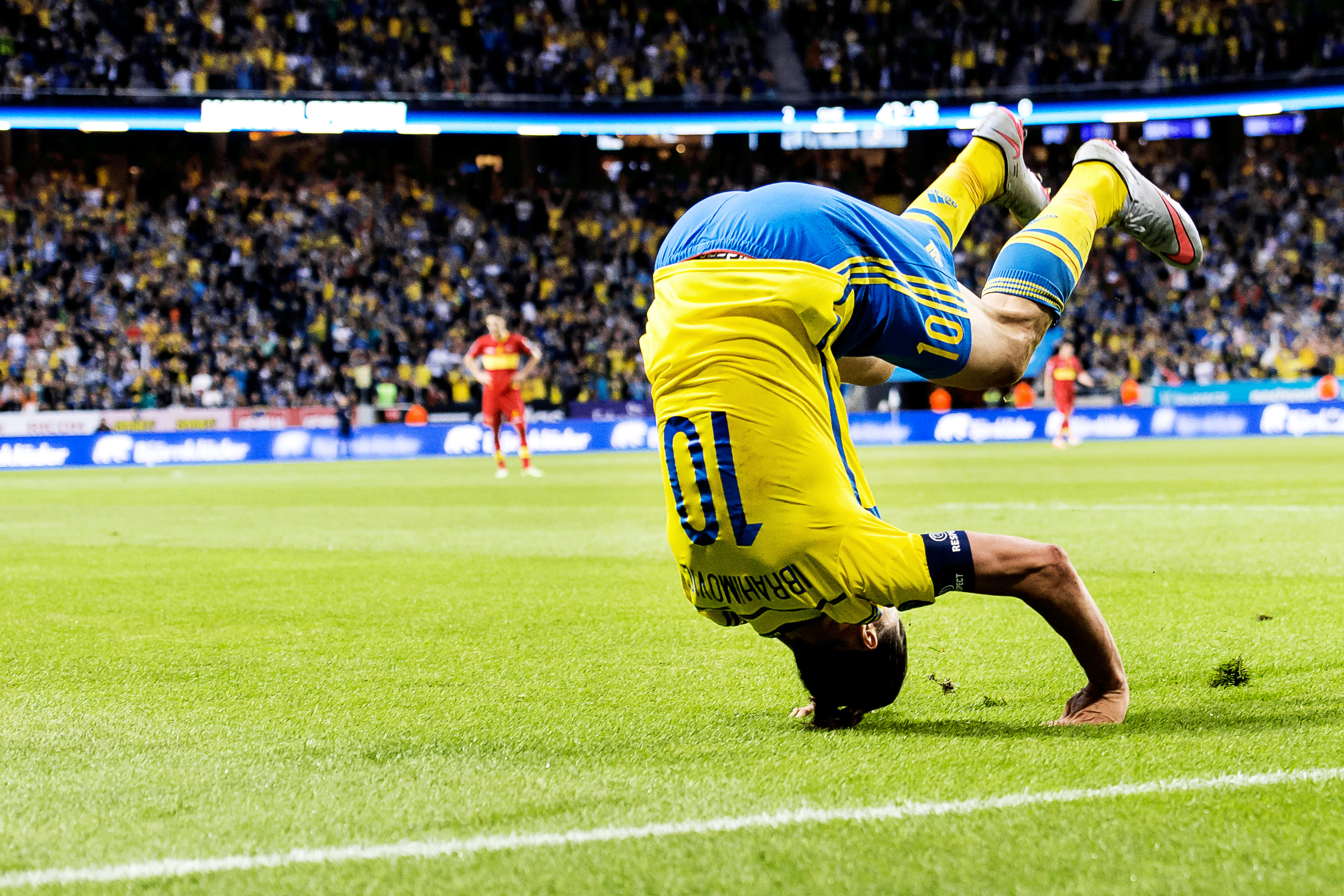


You must be logged in to post a comment.